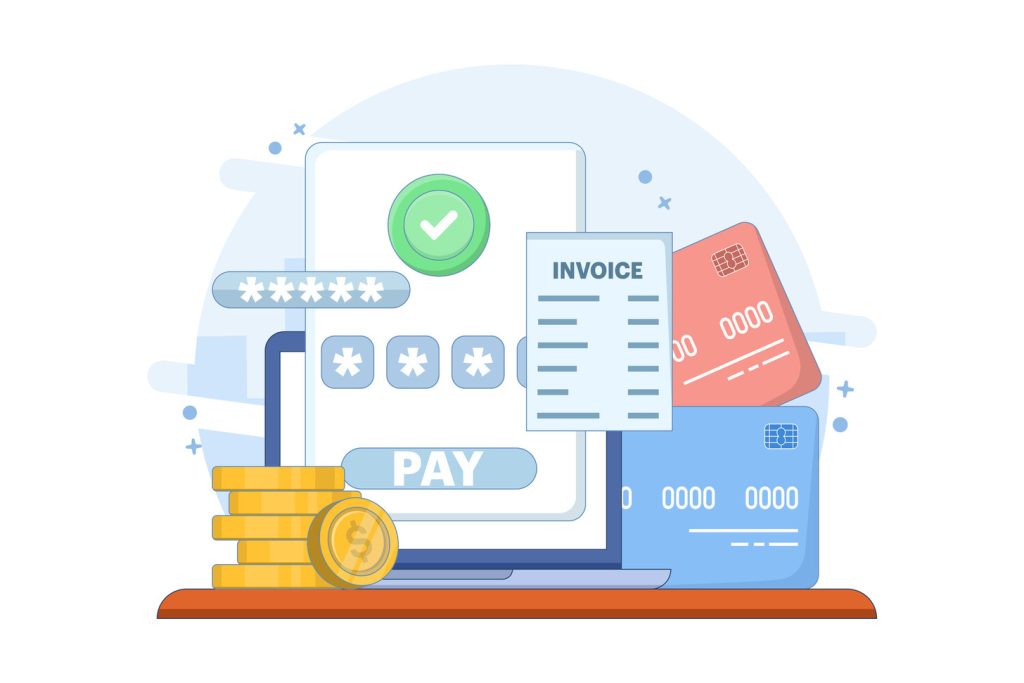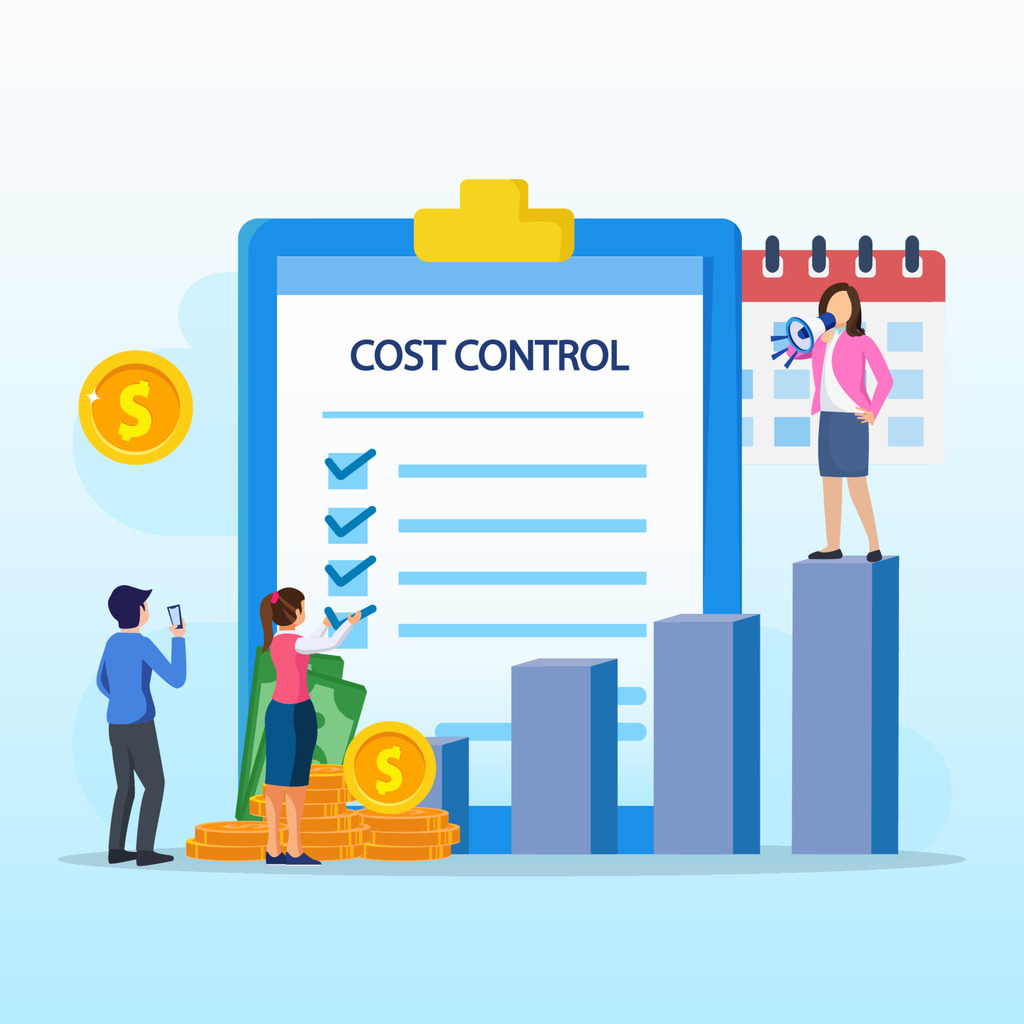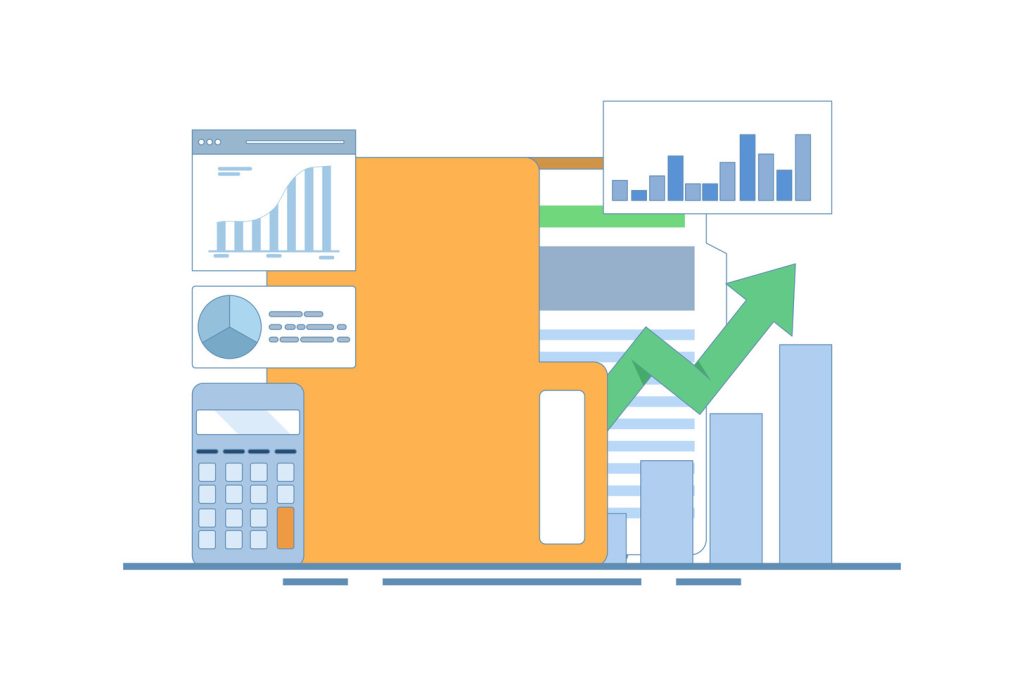Streamline Your Sales with Centralized Deal Tracking Software

Sales teams face growing pressure to close more deals faster. Yet many still rely on outdated methods like spreadsheets or fragmented tools. HubSpot research shows businesses using structured deal tracking software boost closure rates by 45% and close 36% more deals overall. This gap highlights a critical need for modern solutions.
Disconnected systems create chaos. Missed deadlines, lost data, and unclear pipelines drain productivity. Teams waste hours hunting for information instead of selling. A unified platform eliminates these bottlenecks by organizing every detail in one place. HubSpot users, for example, see a 129% jump in qualified leads within a year of adoption.
Today’s top tools transform how teams manage opportunities. They automate follow-ups, forecast revenue, and highlight risks in real time. This shift turns guesswork into data-driven strategies. Companies gain visibility into their entire sales cycle, ensuring no opportunity slips through the cracks.
Key Takeaways
- Structured sales tools increase deal closure rates by up to 45%.
- Unified platforms reduce administrative work by centralizing critical data.
- Teams using modern software close 36% more deals than those relying on spreadsheets.
- Real-time analytics improve forecasting accuracy and pipeline visibility.
- Automation features eliminate manual tasks, freeing time for customer engagement.
Introduction to Deal Tracking Software
Inaccurate data and fragmented systems cripple sales efficiency. Teams juggle endless spreadsheets, emails, and sticky notes, creating chaos in high-stakes transactions. Sales process breakdowns cost companies 20% of annual revenue on average, according to recent industry studies.

Overview of Sales Process Challenges
Manual methods fail modern sales demands. A single error in a spreadsheet can derail six-figure opportunities. Teams waste hours reconciling conflicting data versions instead of nurturing prospects. “Research reveals nearly 90% of spreadsheets contain critical errors,” notes a Harvard Business Review analysis of sales operations.
Disconnected tools compound these issues. Vital details get trapped in individual inboxes or local files. Sales leaders struggle to forecast accurately when pipeline data lives in seven different platforms. Missed follow-ups and duplicate efforts become routine.
Importance of Unified Solutions
Purpose-built platforms transform this chaos into clarity. These systems automatically log every interaction, document, and deadline in one reliable hub. Teams gain real-time visibility into progression stages, from initial contact to contract signing.
Advanced features like automated reminders and approval workflows prevent oversights. Managers spot bottlenecks faster through visual dashboards showing conversion rates and cycle times. Collaboration improves when everyone accesses the same updated records.
“Organizations using specialized sales tools reduce administrative work by 57% while increasing win rates”
This shift enables teams to focus on strategic priorities rather than data entry. With streamlined processes, businesses close more opportunities while maintaining compliance and audit readiness.
The Evolution of Deal Management Tools
Sales technology has undergone radical changes since the days of disconnected spreadsheets. What began as basic digital ledgers has evolved into intelligent systems that reshape how teams operate. This progression addresses critical gaps in accuracy, speed, and strategic value.
From Error-Prone Spreadsheets to Dynamic Systems
Early sales teams relied on static files that couldn’t scale. Single-user editing locks and version conflicts caused costly mistakes. A 2023 study found companies using spreadsheet-based methods wasted 14 hours weekly fixing errors.
| Feature | Legacy Systems | Modern Platforms |
|---|---|---|
| Collaboration | Single-user access | Unlimited team editing |
| Data Access | Local files only | Cloud-based real-time sync |
| Integration | Isolated from tools | Works with 500+ apps |
Intelligent Systems Redefine Possibilities
Today’s platforms use machine learning to analyze historical patterns and predict outcomes. One Fortune 500 company reported identifying 23% more high-value opportunities after adopting AI-driven management software.
“AI-enhanced tools reduce pipeline review time by 65% while doubling forecast accuracy.”
These solutions automatically update records, trigger follow-ups, and even suggest optimal contact times. Teams using CRM automation strategies see 40% faster response rates according to industry benchmarks.
Benefits of Centralized Deal Tracking for Sales Teams
Modern sales organizations require precision tools to maintain competitive momentum. Unified platforms transform how teams operate by creating a single source of truth for every interaction and transaction.
Improved Sales Pipeline Visibility
Sales leaders gain real-time insights into their entire pipeline through intuitive dashboards. Managers spot stalled opportunities 67% faster compared to spreadsheet-based methods, according to recent CRM industry data. This clarity enables smarter resource allocation—teams focus energy on high-probability deals while strategically nurturing early-stage prospects.
Visual workflow maps highlight progression patterns and recurring bottlenecks. One logistics company reduced their sales cycle by 28% after identifying repetitive delays in contract approvals through their platform’s analytics.
Enhanced Efficiency and Reduced Errors
Automated data capture eliminates manual entry mistakes that plague traditional systems. “Human error costs sales departments an average of $15,000 monthly in missed opportunities,” reveals a 2024 Salesforce efficiency report. Modern tools validate information in real time, ensuring accurate records from initial contact to final negotiation.
Workflow automation reclaims 5-15 hours weekly per rep—time previously lost to administrative tasks. Teams reinvest these hours into client consultations and strategic planning. Key advantages include:
- Automated task reminders that reduce missed follow-ups by 74%
- Centralized document storage accessible across departments
- Real-time collaboration features preventing communication gaps
“Organizations using intelligent sales platforms report 32% faster deal closures and 41% higher forecast accuracy.”
Centralized Deal Tracking: Features and Advantages
Effective sales platforms turn chaotic pipelines into strategic assets through intelligent design. These systems provide tailored solutions that adapt to unique business needs while delivering measurable performance improvements.
Customizable Stages and Real-Time Analytics
Adaptable stages let teams mirror their actual sales processes. A manufacturing firm increased win rates by 33% after configuring their platform to match regional negotiation customs. Dynamic dashboards display progress through color-coded pipelines and instant performance metrics.
Live analytics convert data into strategic insights. Managers identify trending bottlenecks and adjust tactics mid-quarter. One SaaS company reduced stalled opportunities by 41% using predictive lead scoring powered by historical patterns.

Automation of Follow-Ups and Task Management
Intelligent systems handle routine work with precision. Automated reminders trigger based on deal progression, ensuring no critical touchpoint gets missed. Tasks auto-assign to reps with relevant expertise, slashing response times by 58% in field tests.
“Teams using workflow automation reclaim 11 hours weekly for revenue-generating activities.”
Unified management tools track responsibilities across departments. Legal reviews and pricing approvals sync seamlessly, cutting approval delays by 63%. This coordination keeps complex deals moving forward without manual oversight.
Top Deal Tracking Solutions for Sales Professionals
Sales teams now have access to diverse tools designed to simplify complex workflows. Choosing the right platform requires matching specific needs to standout features across leading options.
Product Roundup Overview
DealMaster Pro ($29/user/month) excels with customizable stages and deep analytics. Its 4.5/5 G2 rating reflects strength in handling intricate sales cycles. Trackify ($19/user/month) offers automatic updates and visual pipelines, ideal for budget-conscious teams.
CloseNow CRM ($25/user/month) shines in team coordination with real-time sync across departments. Users praise its 4.6/5 rated automation for reducing manual steps. ManageRight ($30/user/month) automates follow-ups while maintaining compliance logs—key for regulated industries.
Key Differentiators Among Leading Tools
Pricing models reveal strategic priorities. Trackify targets SMBs with entry-level costs, while DealMaster Pro serves enterprises needing granular control. Feature focus varies:
- Analytics depth vs. ease-of-use tradeoffs
- Built-in collaboration versus third-party integrations
- Compliance safeguards versus speed optimization
“The best platforms align with organizational workflows rather than forcing process changes.”
CloseNow’s integration capabilities make it ideal for tech-stack-heavy teams. ManageRight balances automation with audit trails, proving critical for financial services firms. Decision-makers should prioritize must-have features over price alone to maximize long-term value.
Essential Elements of an Effective Sales Pipeline
Successful sales outcomes depend on intentional pipeline design. A well-structured system guides opportunities from discovery to closure while exposing bottlenecks. Companies with defined stages achieve 29% higher forecast accuracy than those using ad-hoc methods, per SalesHacker research.
Building a Stage-Driven Sales Framework
Clear progression phases eliminate guesswork. Each stage should reflect real buyer interactions – not internal jargon. For example, a B2B SaaS company might use:
| Pipeline Stage | Key Actions | Success Metrics |
|---|---|---|
| Lead Qualification | Needs analysis | 60% meeting conversion |
| Solution Design | Custom proposals | 45% approval rate |
| Negotiation | Terms alignment | 30-day cycle time |
This structure helps teams spot stalled opportunities faster. Managers reallocate resources when deals linger too long in specific phases.
Modern platforms enhance traditional methods through adaptive workflows. When software mirrors existing processes, adoption rates jump 67%. Teams maintain momentum without disruptive workflow changes.
“Organizations that regularly optimize their pipeline stages see 18% more quarterly revenue growth than industry peers.”
Monthly pipeline reviews drive continuous improvement. Analyze stage conversion rates to identify training gaps or process inefficiencies. Adjust criteria as market conditions evolve to maintain relevance.

Automation and AI: Transforming the Sales Process
Forward-thinking organizations now harness intelligent systems to convert raw information into strategic advantages. Artificial intelligence reshapes how teams identify opportunities and execute strategies, moving beyond basic efficiency gains to fundamental process reinvention.
AI-Powered Insights and Forecasting
Machine learning algorithms detect hidden patterns in historical data. For example, deals initiated through personalized video pitches close 40% faster than standard outreach. Platforms like ClearCRM automatically flag at-risk opportunities using behavioral triggers, enabling timely interventions.
Predictive forecasting replaces guesswork with probability models. One enterprise software vendor improved quarterly accuracy by 58% after adopting AI-driven projections. These systems analyze thousands of variables – from email response times to market trends – to generate actionable insights.
“AI-enhanced tools reduce pipeline review time by 65% while doubling forecast accuracy.”
Streamlining Routine Tasks
Intelligent automation handles repetitive tasks with precision. Systems auto-populate client records using public data sources, cutting research time by 73%. Reps receive smart reminders when contracts approach renewal dates or decision-makers change roles.
Key benefits include:
- Automatic follow-up scheduling based on prospect engagement levels
- Real-time document generation for proposals and NDAs
- Instant alerts when high-value deals require executive input
This shift allows teams to focus on relationship-building rather than administrative work. Companies using these tools report 22% higher rep productivity and 35% faster cycle times.
Enhancing Team Collaboration and Performance
Modern sales platforms now act as collaboration hubs where alignment drives results. When every team member accesses the same updated information, productivity surges and missteps vanish. This synchronization proves critical for complex sales cycles requiring input from multiple stakeholders.
Integrated Communication Tools
Built-in messaging systems eliminate scattered discussions across emails and chat apps. Sales professionals tag colleagues directly in deal records, creating context-rich conversations. A logistics company reduced internal follow-up emails by 81% after adopting these tools.
Shared workspaces preserve institutional knowledge through centralized notes and document storage. When team members transition roles, new hires inherit complete histories of client interactions. This continuity prevents costly knowledge gaps during personnel changes.
“Organizations using collaborative sales tools see 47% faster decision-making and 32% fewer communication errors.”
Real-time dashboards display team progress without manual status updates. Managers spot bottlenecks as they form, while reps stay accountable through visible metrics. Distributed teams particularly benefit—geographically separated members coordinate as effectively as in-office staff.
Platforms like CRM tools for sales teams automate handoffs between departments. Legal reviews and pricing approvals trigger automatically when deals reach specific stages. This coordination keeps complex transactions moving forward seamlessly.
Transparent workflows build trust across organizations. Marketing teams see how leads progress, while executives monitor pipeline health without micromanaging. Shared visibility turns individual efforts into collective victories.

Strategies for Successful Implementation
Adopting new sales technology demands strategic alignment between tools and team workflows. Organizations often underestimate the human element – 43% of failed implementations stem from poor user adoption, not technical flaws. A phased approach balances immediate needs with long-term scalability.
Overcoming Resistance to Change
Clear communication proves vital when introducing new software. Leaders should articulate how the system addresses specific pain points like missed follow-ups or data inaccuracies. Early wins matter: pilot groups using the platform to close high-value deals faster build organic enthusiasm.
Identify power users across departments to champion the process. These advocates help colleagues navigate initial learning curves while demonstrating measurable efficiency gains. Document existing workflows before customization to ensure the solution enhances rather than disrupts routines.
Training and Adoption Best Practices
Interactive workshops outperform generic tutorials. Role-specific simulations teach reps how to log interactions or forecast deals within real-world scenarios. Teams retain 68% more knowledge through hands-on practice compared to passive learning methods.
Continuous support prevents backsliding into old habits. Weekly office hours and quick-reference guides reinforce key features. Monitor usage metrics to spot departments needing extra coaching – low engagement often signals unresolved business needs rather than resistance.
Successful rollouts prioritize critical integrations first. Connecting email platforms and calendar tools creates immediate value, while advanced features can wait. This staged implementation builds confidence and demonstrates tangible ROI early in the adoption cycle.

